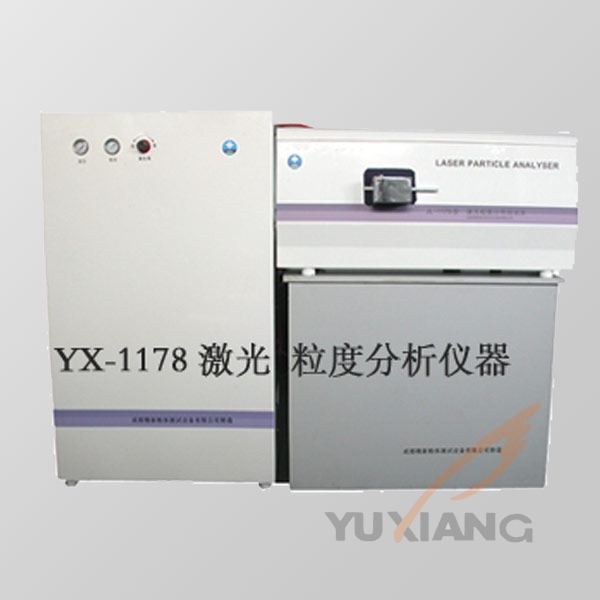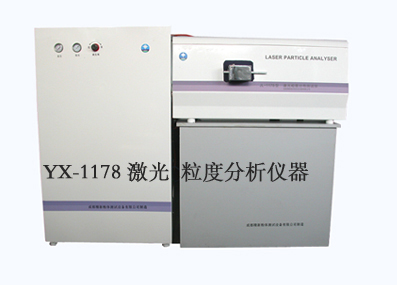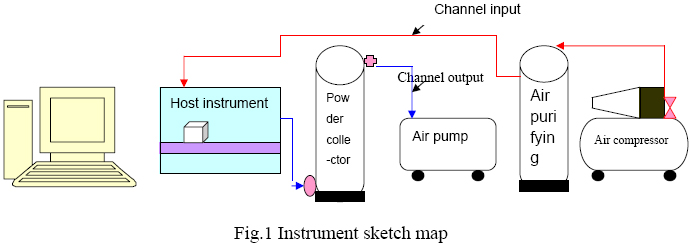YX-1178 Laser dry particle size analyzer
Working Principle: This laser dry particle size analyzer utilizes the light diffraction and scattering theory to measure the particle size. The sys

Introduction
Working Principle: This laser dry particle size analyzer utilizes the light diffraction and scattering theory to measure the particle size. The systems employ laser scanning technology and proprietary software for measurement by computer. The distribution data and curve of particles are displayed on computer.

Applications are both in industries and research laboratories.
Range of Measurement: 0.046~600μm
YX-1178 laser dry particle size analyzer is possible to attain rapid and accurate distribution results for a large number of powder particles including large and coarse particles. Because powders are measured directly without being dispersed in another medium, they do not undergo any alteration, nor does a medium influence particle distribution.
Working Powder Supply: AC220V ± 10% Powder: ≤3000W
Instrument sketch map

Configuration:
One instrument.
One non-oil air compressor.
One air clarify can.
One set of special software